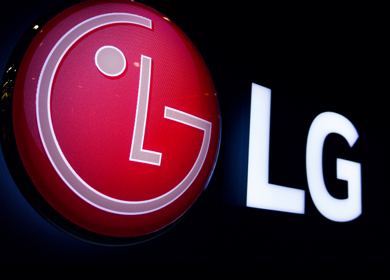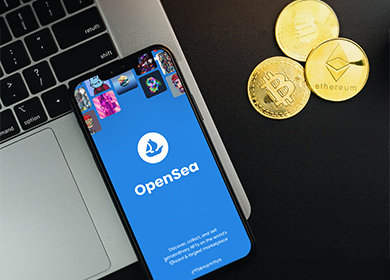Yahoo All-New Partnership with Taboola - Pros and Cons of Contextual Targeting
Published: November 29, 2022

Yahoo is all set to acquire a 25% stake in Taboola, an online native advertising platform. With this partnership, Taboola will become Yahoo’s exclusive partner for native advertising through a 30-year commercial agreement.
Taboola’s ad-tech platform is well-known for its content recommendation widgets on popular news websites such as USA Today, Insider, and the Weather Channel. They mostly feature sponsored ad links that lead to third-party websites. Right now Taboola has around 9,000 publishers in their ad network and reaches 500 million users every day.
On the other hand, Yahoo’s web portal is home to nearly 900 million monthly active users. It owns many popular media properties such as Yahoo Finance, Yahoo News, AOL, Engadget, and TechCrunch.
This strategic partnership between Yahoo and Taboola will allow advertisers to buy premium ad space in Taboola through the Yahoo DSP and feature native ad links across all of Yahoo’s media properties.
“Partnering with Taboola enables Yahoo to further enhance the contextual and native offerings within our unified advertising stack. The partnership also allows Yahoo and Taboola to continue to differentiate in market, improving user, advertiser and publisher experiences across properties, while benefiting from the long-term tailwinds in digital native advertising,” Yahoo CEO Jim Lanzone said in a statement.
“Together, we’re going to build a ‘Contextual Powerhouse’, enabling advertisers to target relevant audiences without relying on third-party cookies and while maintaining complete user privacy,” Taboola founder and CEO Adam Singolda reported.
As part of the deal, Yahoo will also get a seat on Taboola’s board of directors with the largest stake of 24.99%. Both companies expect to generate $1 billion in annual revenue from this newly formed partnership if integrations go as planned. The deal will be officially sealed in the first quarter of 2023.
This deal simply doesn’t empower Taboola to display ads in front of more eyeballs and gain traction. As regulators are cracking down on privacy-invasive targeting methods and cookies start to crumble, it will pave the way for native and contextual advertising tactics in the digital ad medium.
Our Point of View
Yahoo’s Taboola deal is a sign of a larger trend beginning in digital advertising, signaling the shift to contextually-powered advertising. This deal will push contextual advertising as the key to navigating the cookie-less future and create a massive contextual channel for brands to reach out to consumers.
However, contextual targeting on its own will not be a panacea to win in a cookie-less world. First off, with contextual targeting, advertisers have to rely on broad topics or categories to reach prospects within native environments. Secondly, not all audiences reading a topical blog or news content will demonstrate a high intent to purchase. Thirdly, brand safety and ad fraud are other concerns that may arise in programmatic contextual advertising.
Given the pros and cons of contextual targeting strategy, how should marketers allocate their budgets? Should advertisers cross their fingers and continue tinkering with personalized behavioral targeting? Or should they play it safe and start transitioning to a contextual targeting strategy?
Like many things in this industry, there is no clear-cut answer. The truth is, it’s not even a question of “either-or” — contextual and behavioral targeting can work hand-in-hand and play a role in your digital marketing mix. Look at it this way: Behavioral targeting can help capture audiences who have previously interacted with the brand. Meanwhile, contextual targeting can be used to boost and expand brand reach in an affordable way.
Thus, a hybrid approach that leverages the best of contextual targeting and first-party behavioural targeting is necessary to stand out in a cluttered ad space. We believe that combining the two where possible can help brands reach more potential customers with greater accuracy.
Going forward, advertisers need to take a more holistic approach, implementing a portfolio of targeting solutions. Brands that continue to test, iterate, and combine targeting tactics will be best positioned to bridge the gaps caused by cookie deprecation.










Be the first one to comment.